Regardless of the communication protocol, the communication frequency used is high or low. The configuration of the RF device module is a necessary basic component of the system. Whether using the 13.56Mhz signal as the transmission carrier NFC system; or the GSM communication system using the 900/1800Mhz signal as the transmission carrier; or the unmanned millimeter-wave radar using the 24Ghz and 77Ghz electromagnetic wave signals as the transmission carriers, all need to be configured with RF Device module. As an indispensable part of wireless communication, the technological innovation of RF devices is one of the core engines driving the development of wireless connectivity. In the environment of large-scale growth of connected devices, the RF device industry is the fastest growing and most certain directional asset in the future.
The world of the future is a world of wireless connectivity. According to Gartner's forecast, by 2020, there will be 25 billion connected devices, achieving an average of three connected devices per person worldwide. According to Gartner, in 2015, there were only 2.9 billion connected devices in the global consumer industry; only 736 million connected devices in industrial applications. With the trend of wireless networking devices increasing from 3.6 billion in 2015 to 25 billion, the annual output value of RF devices will increase several times.
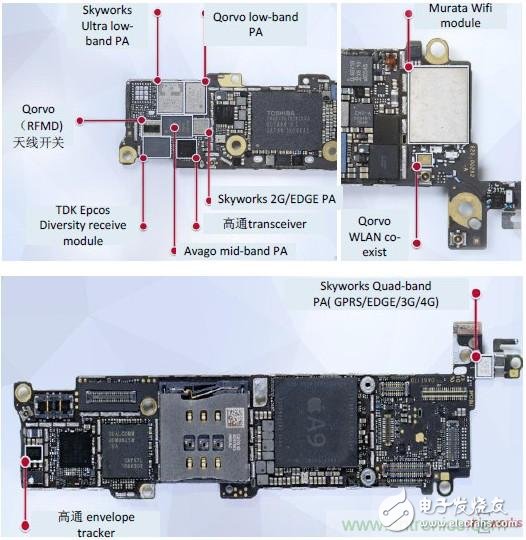
The main RF devices and chips in the Apple iPhone 6s SE
The RF front-end module consists of a power amplifier (PA), a filter, a duplexer, an RF switch, a low noise amplifier, and a receiver/transmitter. The power amplifier is responsible for amplifying the RF signal of the transmitting channel; the filter is responsible for filtering the transmitting and receiving signals; the duplexer is responsible for the duplex switching of the FDD system and the filtering of the RF signal of the receiving/transmitting channel; the RF switch is responsible for receiving and transmitting between the channels Switching; low noise amplifier is mainly used for small signal amplification in the receiving channel; receiver/transmitter is used for frequency conversion and channel selection of RF signals.
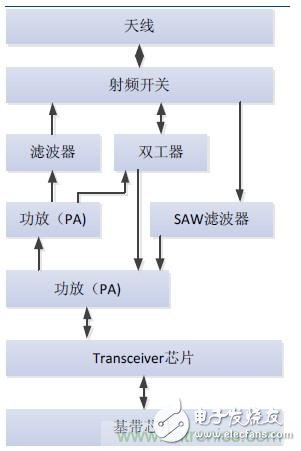
Signal transmission relationship between various RF devices of mobile communication terminals
According to the configuration of the iPhone 7, the mobile phone is equipped with three PA chips (high, medium and low frequency bands), two filter banks, two RF switches, and two PA and filter integrated modules.

Evolution of Apple's mobile phone RF front-end module from 2010 to 2015
In 2015, the global mobile terminal RF device market was approximately $11 billion. According to Qualcomm's forecast, the RF front-end module of mobile terminals will have a compound growth rate of more than 13% in 2015-2020, and the market size will exceed 18 billion US dollars by 2020.
The RF front-end module market grew strongly. On the one hand, global 4G terminal shipments accounted for just over 50% of shipments in 2015, and the increase in penetration rate guarantees growth momentum in the next two years. On the other hand, in the evolution of 4G to 5G, the complexity of RF devices will gradually increase, and the value of single-cell mobile phones for RF devices will increase.
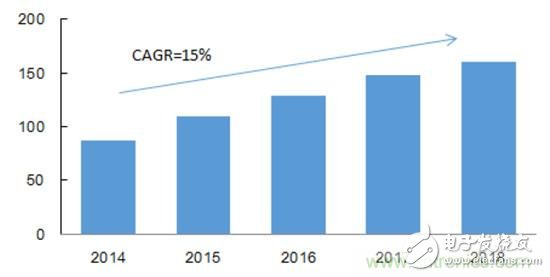
The market size of mobile terminal RF devices in 2014-2018 (100 million US dollars)
With the increasing number of wireless connection protocols supported by terminals, from the original 2G network to the current NFC, 2G/3G/4G network, WiFi, Bluetooth, FM, etc., the value of the radio device of the communication terminal has increased several times. Looking into the future, the penetration rate of 4G is not saturated, and the increase in penetration rate will continue to drive the growth of the single-machine value of RF devices. In addition, 5G communication brings new growth opportunities for the RF device industry. On the one hand, the number of frequency bands that the RF module needs to process is greatly increased. On the other hand, the signal processing difficulty of the high frequency band is increased, and the system requirements for the filter performance are also greatly improved.
In the early GSM mobile phones, the value of a single mobile phone for RF devices was less than US$1. In the 4G era, the value of the single-chip RF devices of Apple and Samsung's high-end flagship models exceeded US$12.75. The value of stand-alone devices has increased over the past decade. Times.
The conversion of 3G terminals to 4G terminals has doubled the value of single machines. According to the prediction of the US RF device giant Triquent, entering the 4G era, the value of a single-cell mobile phone RF device has increased from 3.75 US dollars to 7.5 US dollars for 3G terminals, and the ASP for global roaming terminal devices has even reached 12.75 US dollars.
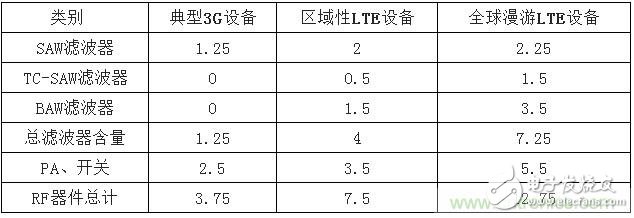
The evolution of the value of a single cell phone RF device (US dollars)
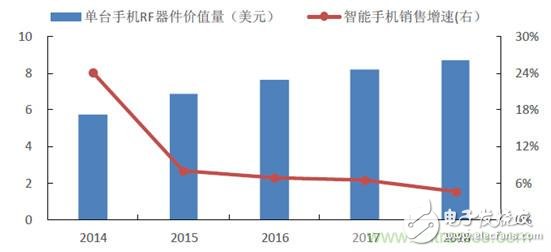
The value of a single mobile phone RF device in 2014-2018
4G terminal penetration is not saturated. According to data from Taiwan's GaAs foundry giant Win Semiconductor and US Qorvo, the penetration rate of global 4G communication terminal equipment reached 54% in 2015 and is expected to reach 74.5% in 2019.

LTE (4G) terminal penetration rate will continue to increase in 2010-2019
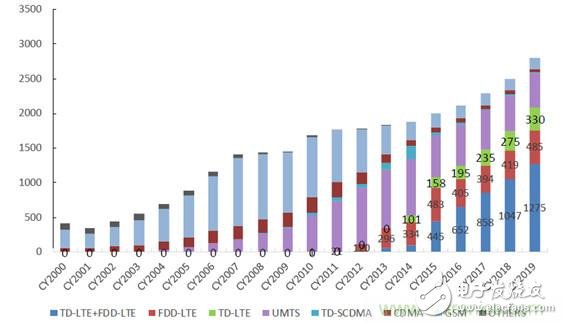
Global Cellular Terminal Equipment Shipment Forecast (million)
In the LTE R11 version proposed by the 3GPP Standards Association 3GPP in 2012, the number of frequency bands that cellular communication systems need to support has increased to 41. According to the RF device giant Skyworks, by 2020, the number of frequency bands supported by 5G applications will double, and more than 50 communication bands will be added. The global 2G/3G/4G/5G network will support more than 91 frequency bands.
In theory, two filters are required for RF signal processing in a single band. Since multiple filters are integrated into the filter bank, the relationship between the filter device and the number of bands configured in the handset is not a simple linear proportional relationship. However, after the frequency band increases, the difficulty of filter design and the large increase in the number of filters are certain trends, and the corresponding value and sales volume will be several times that of the current filter.
As far as practical applications are concerned, mobile phones sold in the domestic market generally support five-mode and thirteen-frequency, that is, the number of supported frequency bands is 13. In the past, domestic 2G mobile phones only need to support 4 frequency bands, 3G mobile phones support at least 9 frequency bands, and the number of supported frequency bands has been greatly improved in each generation communication system upgrade process.
The US FCC (Federal Communications Commission) delineated the 5G band in July this year, making it the first country in the world to determine the spectrum of the 5G high-band spectrum. The US 5G communication frequency band includes 3.85Ghz, 7Ghz, 27.5-28.35 Ghz, 37-38.6 Ghz, 38.6-40 Ghz, 64-71 Ghz. From the perspective of the 5G frequency band delineated by the United States, the newly added frequency bands are concentrated in the low, medium and high frequency bands of 3.8-7Ghz, 27-40Ghz and 64-71Ghz. The performance requirements of the filter in the high frequency band are more demanding, and the filter industry Faced with a new technological revolution from materials to manufacturing processes.

Main technical parameters of LTE to 5G evolution
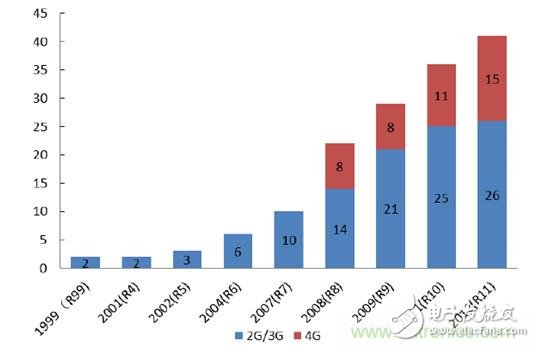
Evolution of the number of wireless bands from 1999 to 2012
MIMO technology refers to the communication technology that uses multiple transmit and receive antennas at the transmitting and receiving ends of the signal. MIMO technology has doubled the speed and capacity of communication and is one of the key technologies for LTE and the future 5G. The popularity of MIMO technology has brought a huge incremental market to the antenna industry, and base stations and terminal antennas are welcoming fast-growing industry opportunities.
In order to increase the communication rate, it is expected that by 2020, MIMO64x8 will become a standard configuration, that is, 64 antennas are used at the base station and 8 antennas are used for mobile terminals. Most mobile phones on the market currently only support MIMO 2x2 technology. If MIMO64x8 technology is adopted, the number of base station antennas needs to be increased by 31 times, and the number of mobile phone antennas needs to be increased by 3 times.
Carrier aggregation technology combines several narrow frequency bands into one wide frequency band to achieve a significant increase in transmission rate. The introduction of carrier aggregation technology has greatly increased the performance requirements of RF devices and the complexity of RF systems. Currently, RF devices on the market mainly use carrier aggregation of 2 carriers. In 2017, the three major telecom operators in China will officially launch the aggregation of three carriers, and by 2018, the carrier aggregation of four carriers or even five carriers will appear in mobile communication applications. For example, carrier aggregation technology requires extremely high linearity of the RF antenna switch to avoid interference with other devices, and the performance requirements for filters and RF switches will be more demanding.
With the gradual popularization of carrier aggregation, the RF MEMS switch industry will see rapid growth. At present, the RF switch of the opportunity SOI process is approaching the technical limit and cannot meet the requirements of IIP3=90dbm. The only switch that achieves the RF performance goal of IIP3 > 90dbm is the RF MEMS switch, so RF MEMS switches will usher in deterministic growth opportunities in the next 5G era.

Carrier Aggregation (CA) technology enters fast penetration period in 2016
Looking back at the development history of 2G to 4G communication, the development of each generation of communication technology is not a one-step process, but is formed by a combination of multiple small technology upgrades. In the 2G era, terrestrial cellular communication experienced three small technology upgrades of GSM, GPRS and EDGE; in the 3G era, terrestrial communication experienced three small technology upgrades of UMTS, HSPA and HSPA+. We judge that in the evolution of 4G to 5G, there will be a small technology upgrade every two years. Each generation of small technology upgrades will drive the complexity of RF device products and the value of a single mobile phone.

In the course of 3G to 4G development, there will be small technology upgrades every 2 years.
Radio frequency devices such as mobile phones mainly include PA chips, filters, RF switches, and antennas. Antenna is the segment with the highest localization rate. Xinwei Communication and Shuobeide have reached the global leading level in the field of terminal antennas. The products have entered the international giant supply chain system such as Apple and Microsoft. Domestic PA chips have been sold in large quantities in 2G, 3G, WiFi, NFC and other communication systems. In the field of 4G PA chips, domestic manufacturers are still in the stage of customer certification and commercial negotiation. The localization rate of RF filters and RF switches is relatively low. The products of domestic manufacturers are mainly concentrated in military wireless communication systems, and are rarely used in consumer electronic products such as mobile phones. China is the world's largest mobile phone production base, while Huawei, vivo, oppo, Xiaomi, Meizu, Lenovo and other domestic brands account for more than 30% of global mobile phone sales. With the huge demand of the terminal market, the transfer of the mobile phone supply chain to the mainland is a very certain industry trend. In fact, many RF device manufacturers in China have entered the market of thousands of smart phones. For example, Tianzhu, Xike, Shanghai, TCL and other manufacturers have begun to adopt Zhongpuwei's PA chips.
Filters are the fastest growing segment of RF front-end modules, and Qualcomm predicts that the RF filter market will grow from the current $5 billion market to $13 billion in 2020. In the face of the fast-growing filter market opportunity, Qualcomm and Japanese filter giant TDK formed a joint venture company RF 360 at the beginning of this year, with an estimated investment of more than $3 billion.
It is predicted that by 2020, the filter market will grow from US$5 billion in 2015 to US$12 billion in 2020. Mobile Experts' predictions are basically the same as Qualcomm, which is a widely recognized high growth segment in the industry.
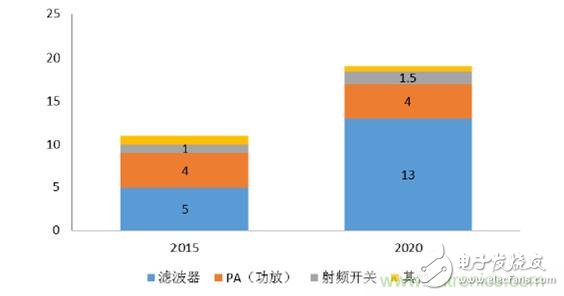
Market space forecast for each segment of the RF front-end ($1 billion)
Globally, the main suppliers of saw filters are TDK-EPCOS and Murata, which together account for 60-70% of the market; the main suppliers of baw filters are Avago and Qorvo (Triquint), both of which account for more than 90% market share. For example, the iPhone 7 is equipped with two large filter banks and two filters, of which TDK supplies two filter banks and one filter, while Murata supplies one filter.
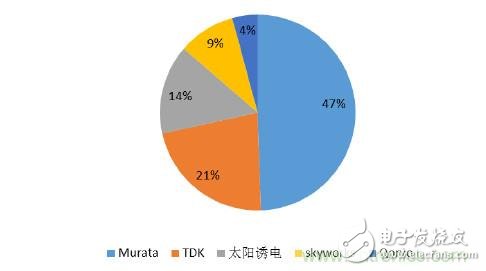
SAW filter market pattern
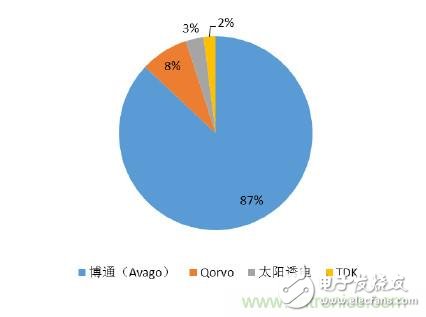
Baw filter market pattern
We can follow customers' drawings or design to make Customized wire harness for various industries: game machine, ATM, POS machine, etc.
Customized wire assembly with AVL components from original manufactures. Also harness with local equivalent componets are workable with short L/T and competitive price, also flexible MOQ.
Related Products:cigarrete charging cable,custom audio cables,fiber optic cable,cigarrete lighter cable.
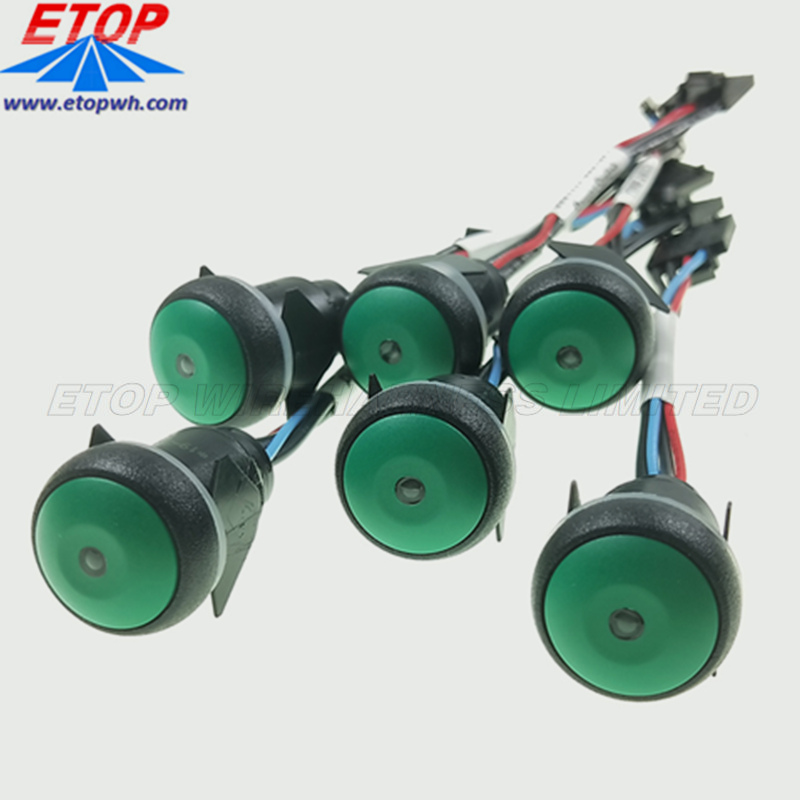
Cigarrete Lighter Cable,Custom Audio Cables,Fiber Optic Cable,High Quality Electrical Wire Harness
ETOP WIREHARNESS LIMITED , http://www.oemmoldedcables.com
